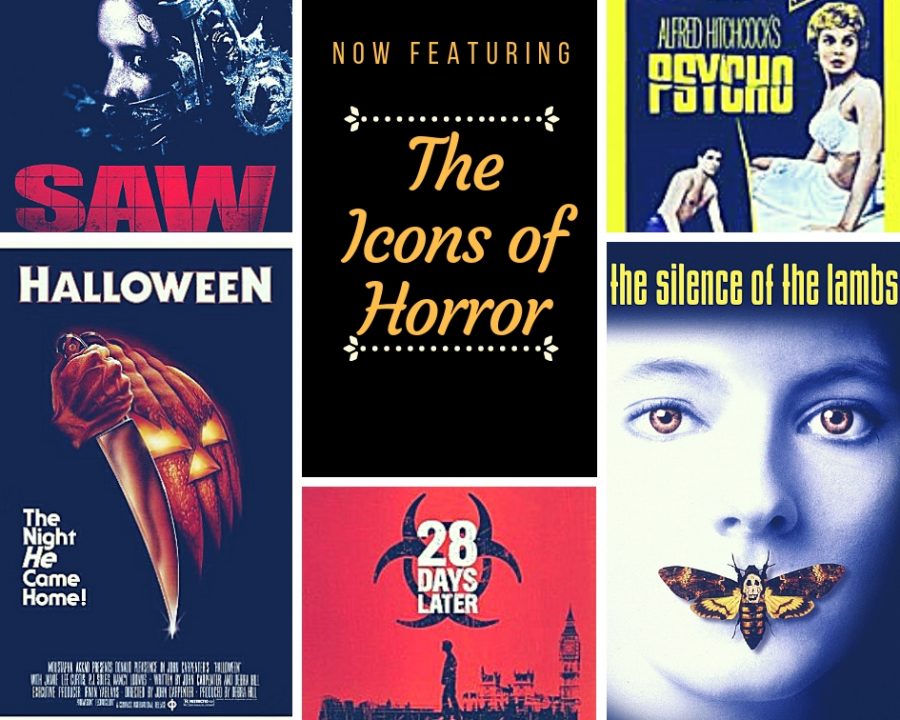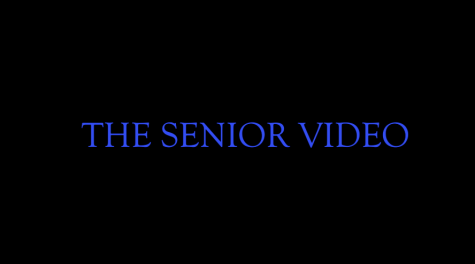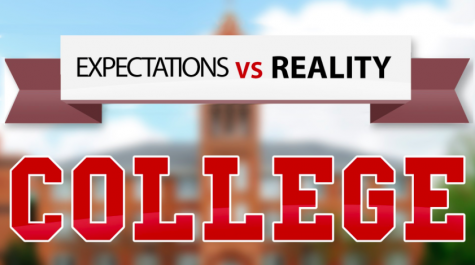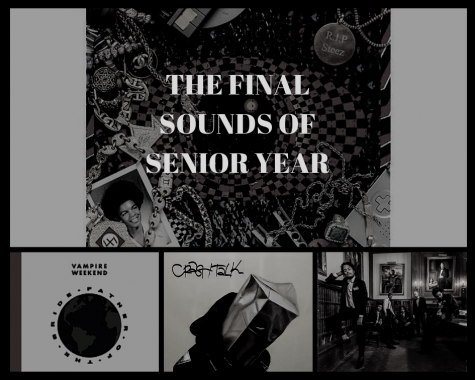The Icons of Horror
Halloween is one of the most exciting parts of the year. The creepy atmosphere and the cool weather sets the perfect tone for the ominous nature and supernatural activity that surrounds it. This time of year is perfect to turn off the lights, hide under a blanket, and watch a truly great horror movie. Here, we have conceived a list of horrifically brilliant horror movies that are must watch films for the Halloween season.
Psycho (1960)
An iconic piece if cinematic history, you’d be hard pressed to find anyone who hasn’t seen some form of the legendary shower scene from Alfred Hitchcock’s 1960 film Psycho. Psycho follows Marion Crane and the investigation of her 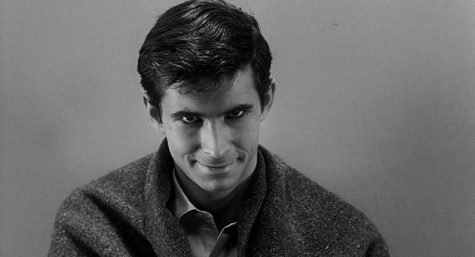 disappearance after arriving to the Bates Motel. Anthony Perkins plays the disturbed Norman Bates, the owner of a rundown hotel who seemingly cannot bear the idea of leaving his mother. As the investigation into the disappearance of Marion Crane continues, secrets about the owner of the Bates Motel come to light. While it’s not the scariest movie out there, Alfred Hitchcock’s Psycho is a classic that has set the ground for many, if not all, of the horror movies that followed. I highly recommend watching Psycho even if for nothing more than to pay your respects to a classic piece of cinematic history.
disappearance after arriving to the Bates Motel. Anthony Perkins plays the disturbed Norman Bates, the owner of a rundown hotel who seemingly cannot bear the idea of leaving his mother. As the investigation into the disappearance of Marion Crane continues, secrets about the owner of the Bates Motel come to light. While it’s not the scariest movie out there, Alfred Hitchcock’s Psycho is a classic that has set the ground for many, if not all, of the horror movies that followed. I highly recommend watching Psycho even if for nothing more than to pay your respects to a classic piece of cinematic history.
Night of the Living Dead (1968)
George A. Romero´s classic, Night of the Living Dead, is a staple in horror cinema as it cemented the sub-genre of zombie movies. Although, the movie isn’t as terrifying as it may have been when it was first released in 1968, it still maintains a charm that has been constant since its release. It has some relatively great acting for some of its characters, while some others are not portrayed as well. However, even with this lack of acting prowess, it can make some scenes in the movie a little humorous to quickly break up tension. Of course, tension is quickly revitalized once the viewer is reminded of the world outside of the little cabin. The characters are reminded of the world through radio and television broadcasts, describing the horrors ensuing on the Eastern Coast of the United States. The broadcasts not only raise intensity in the viewer, but also make the stakes higher for our lead characters. As the world surrounding them becomes worse, tensions only rise between the people in this little cabin, and this creates a truly unique dynamic among the people. This is because it isn’t just the people against the supernatural threat, it’s the people against themselves. It leaves the viewer questioning how they would react in this situation, and questioning the morality of those around them.
Halloween 1 and 2 (1978, 1981) 
Halloween’s current influence on television and film can still be seen in Netflix’s Stranger Things and the modern indie horror It Follows. John Carpenter created a masterpiece that raised the bar for quality horror movies. Every scene adds to the eerie atmosphere that Carpenter has carefully curated and Michael Myers is a terrifying force of evil that stops at nothing. Throughout the movie, Dr. Loomis refers to Myers as a beast and more than human. His dead serious delivery each time he mentions Myers allows the audience to comprehend how powerful he is. Loomis is genuinely fearful that Myers is unstoppable. On top of that, Myers’s constant stalking of the characters in the background of almost every scene is still chilling after my fifth time watching. One of my favorite parts of this movie is the sound design. From Myers’s heavy breathing in some scenes to the brooding and haunting piano in others, Carpenter’s use of sound is on point. If you would like to know more about use of sound in the horror genre check out our other article, “Sound: The Heart of Horror.” Halloween never ceases to impress and it deserves some more love amongst the horror films.
The Shining (1980)
In Stanley Kubrick’s big screen adaptation of the 1977 Stephen King novel, The Shining, he brings his viewers to the Overlook Hotel with the Torrance family. Jack Torrance, an unsuccessful writer, takes up a job as a caretaker for a 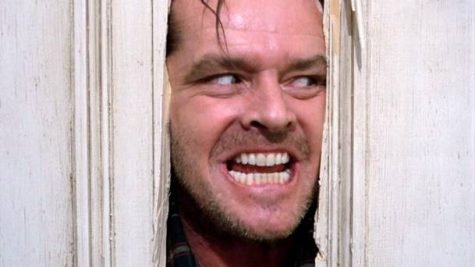 hotel with a mysterious past. Terror ensues as Jack, his wife Winifred, and son Daniel spend the winter months in the hotel. Kubrick messes with the minds of the viewers with his brilliant use of camera angles and cuts making the audience feel as though they are in a maze from which they can’t escape. This movie helped mold psychological horror films and it still manages to send chills down anyone’s spine without the excessive gore and jump scares most notably associated with other movies in this genre. The Shining even retains the ability to frighten its audience after numerous viewings due to the incredible visual details and the many ominous silences throughout the film. The Shining has rightfully earned its spot on this list and I strongly suggest everyone watch the movie at least once and make sure to stay away from room 237.
hotel with a mysterious past. Terror ensues as Jack, his wife Winifred, and son Daniel spend the winter months in the hotel. Kubrick messes with the minds of the viewers with his brilliant use of camera angles and cuts making the audience feel as though they are in a maze from which they can’t escape. This movie helped mold psychological horror films and it still manages to send chills down anyone’s spine without the excessive gore and jump scares most notably associated with other movies in this genre. The Shining even retains the ability to frighten its audience after numerous viewings due to the incredible visual details and the many ominous silences throughout the film. The Shining has rightfully earned its spot on this list and I strongly suggest everyone watch the movie at least once and make sure to stay away from room 237.
The Evil Dead and The Evil Dead II (1981, 1987)
Indie films are something that can be a hit-or-miss in terms of quality. They can either have monumental quality with the low-budgets they are given, or fall short due to this lack of money. However, it is safe to say that despite the low-budget, Sam Raimi’s The Evil Dead, is a monumental success. Along with this, its successor, The Evil Dead II, serves as a worthy sequel to the cult classic. Both movies center around the progression of our main character, Ash. And let me tell you now, these movies are enjoyable all throughout. Unlike most movies on this list, this movie was meant to be a satirical take on classic horror movies. It starts off with a group of teenagers spending the night in an abandoned cabin that is possessed with an otherworldly presence. Sounds super cliche, right? Well, the movie uses these cliches to further amplify its campy nature and create a truly unique viewing experience.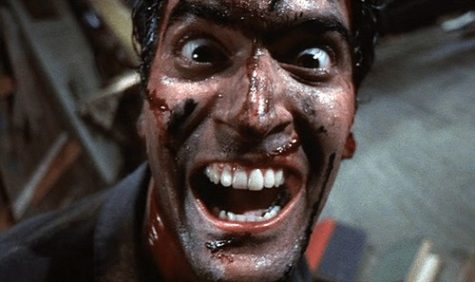 The movie is filled with an excessive amount of blood that could probably fill an industrial sized pool. Half of this blood usually manages to find itself splattered all over the main character’s face. So much so that this has become one of the most prominent running gags of these movies. Also so many scenes are more hilarious than they are scary as some of the special effects are heavily dated. At points, I could not tell whether these effects were done on purpose or not, but I still greatly enjoyed these type of scenes. They only added to the already present charm of the movie. I found myself laughing, and feeling uneasy, simultaneously. The movies presented themselves in a unique way, and had a lot of factors that left me wanting to watch both of them all over again
The movie is filled with an excessive amount of blood that could probably fill an industrial sized pool. Half of this blood usually manages to find itself splattered all over the main character’s face. So much so that this has become one of the most prominent running gags of these movies. Also so many scenes are more hilarious than they are scary as some of the special effects are heavily dated. At points, I could not tell whether these effects were done on purpose or not, but I still greatly enjoyed these type of scenes. They only added to the already present charm of the movie. I found myself laughing, and feeling uneasy, simultaneously. The movies presented themselves in a unique way, and had a lot of factors that left me wanting to watch both of them all over again
A Nightmare On Elm Street (1984)
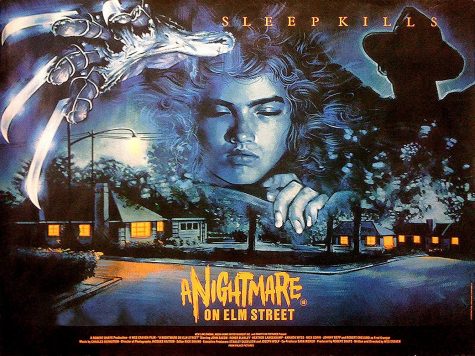 A Nightmare On Elm Street is one of the most iconic movies in the horror genre. The movie’s whimsical and surreal take on a slasher movie was incredibly innovative for the time. Most horror movies always end up taking their simplistic plots far too seriously and it ends up just making for a bad film. A Nightmare On Elm Street utilizes its wackiness to create an entertaining horror movie that also acts partially as a comedy. One of the best aspects of the film is Freddy’s use of dreams and nightmares to torment his prey. Wes Craven was able to taint the peacefulness of sleep and morph it into a place of pure fear. Despite all of this, I still found the movie to have a couple of poor aspects. For starters, the editing is pretty amateurish at some points and Freddy Krueger comes off as a comedian instead of a psychopathic murder. It was a struggle to find him scary at any point in the movie. Looking past that, it is clear how A Nightmare On Elm Street has earned its legacy.
A Nightmare On Elm Street is one of the most iconic movies in the horror genre. The movie’s whimsical and surreal take on a slasher movie was incredibly innovative for the time. Most horror movies always end up taking their simplistic plots far too seriously and it ends up just making for a bad film. A Nightmare On Elm Street utilizes its wackiness to create an entertaining horror movie that also acts partially as a comedy. One of the best aspects of the film is Freddy’s use of dreams and nightmares to torment his prey. Wes Craven was able to taint the peacefulness of sleep and morph it into a place of pure fear. Despite all of this, I still found the movie to have a couple of poor aspects. For starters, the editing is pretty amateurish at some points and Freddy Krueger comes off as a comedian instead of a psychopathic murder. It was a struggle to find him scary at any point in the movie. Looking past that, it is clear how A Nightmare On Elm Street has earned its legacy.
The Silence of the Lambs (1991) 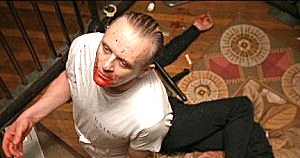
“I ate his liver with some fava beans and a nice Chianti.” I can still feel the shivers going down my spine from when I first heard Anthony Hopkins’ character, Hannibal Lecter, recite this line. The Silence of the Lambs, without a doubt, is the most captivating thrillers I have ever seen. There is, genuinely, not one single con to The Silence of the Lambs. It is, in my opinion, a perfect movie. The lead actors do an outstanding job in every scene and Anthony Hopkins makes for one of the most memorable antagonists in cinematic history. The movie is chalk full of subtle details that add layers onto countless suspenseful scenes like the unbreakable stare that Hannibal keeps in his first scene. This film will have you glued to your seat for its entirety purely off its intensity alone. If your looking for true horror this Halloween, this is the perfect movie.
28 Days Later (2002)
You’re probably sick of seeing zombies, right? I mean in recent years we’ve seen so many of these slow walking menaces in media. Between shows like The Walking Dead and games in the Call of Duty series, we’ve all had our fill of zombies. However, before the hype of zombie movies, there was a point where these films were few and far between. The movie, 28 Days Later beautifully encapsulates themes of isolation and loss, even from its very first scene. The protagonist, Jim, wakes up from a coma 28 days after a virus called “rage” breaks out and effectively makes people zombies. The very first shot has our main character aimlessly walking through the desolate streets of London, while a simple yet haunting score plays subtly in the background. This scene is honestly one of the greatest I have ever seen. This moment also sets up the tone of the movie perfectly, and establishes what the viewer needs to know (If you want to hear more about this scene and other interesting uses of sound in other movies check out our other article on this topic, “Sound: The Heart of Horror.” This world is going to be lonely. The strangers you meet might be the ones to save you, or the ones to hurt you. And along this, the movie shows just how much Jim changes through his experiences, making him much more developed than many other protagonists in these type of movies. The movie leaves the viewer with a sense of satisfaction, as it has a happy ending despite everything that happens throughout. It is a definite must watch movie for any zombie fan.
The protagonist, Jim, wakes up from a coma 28 days after a virus called “rage” breaks out and effectively makes people zombies. The very first shot has our main character aimlessly walking through the desolate streets of London, while a simple yet haunting score plays subtly in the background. This scene is honestly one of the greatest I have ever seen. This moment also sets up the tone of the movie perfectly, and establishes what the viewer needs to know (If you want to hear more about this scene and other interesting uses of sound in other movies check out our other article on this topic, “Sound: The Heart of Horror.” This world is going to be lonely. The strangers you meet might be the ones to save you, or the ones to hurt you. And along this, the movie shows just how much Jim changes through his experiences, making him much more developed than many other protagonists in these type of movies. The movie leaves the viewer with a sense of satisfaction, as it has a happy ending despite everything that happens throughout. It is a definite must watch movie for any zombie fan.
Saw (2004)
Are you grateful for your life? This is the question posed by director James Wan in the 2004 movie Saw. Two men awaken to find themselves chained in a room with a dead body when a series of voice recordings begin to play for them. Over the course of the movie the men come to find that they were placed in the room by the notorious “Jigsaw Killer” 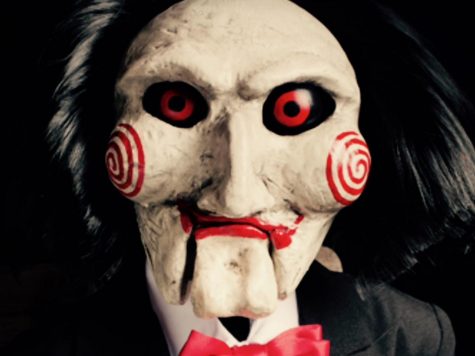 who believed they were ungrateful for their lives. Throughout the movie, Jigsaw’s motives are made clear as he views his torture methods as a form of therapy and rehabilitation for those whom he believed have wasted their lives. Saw’s widespread popularity upon its indie release raised more awareness to the splatter film genre of movies. I’d highly recommend this film for anyone with an interest in a less supernatural horror film; however, if you have a weaker stomach this is not the film for you, Saw’s immense amount of gore and bloodshed has properly earned the flick an NC-17 rating, making it the perfect Halloween flick.
who believed they were ungrateful for their lives. Throughout the movie, Jigsaw’s motives are made clear as he views his torture methods as a form of therapy and rehabilitation for those whom he believed have wasted their lives. Saw’s widespread popularity upon its indie release raised more awareness to the splatter film genre of movies. I’d highly recommend this film for anyone with an interest in a less supernatural horror film; however, if you have a weaker stomach this is not the film for you, Saw’s immense amount of gore and bloodshed has properly earned the flick an NC-17 rating, making it the perfect Halloween flick.

Q: Which fictional character do you think would be the most boring to meet in real life?
A: Harry Potter because he seems like he would be pretentious...

Q: What type of music are you into?
A: I’m into rap and hip hop mainly, but I like R&B too.
Q: What made you want to play football or sports...

Q: What are you most excited about for your last football season?
A: I know it’ll sound cliché but, personally, I’m looking forward to the homecoming...


